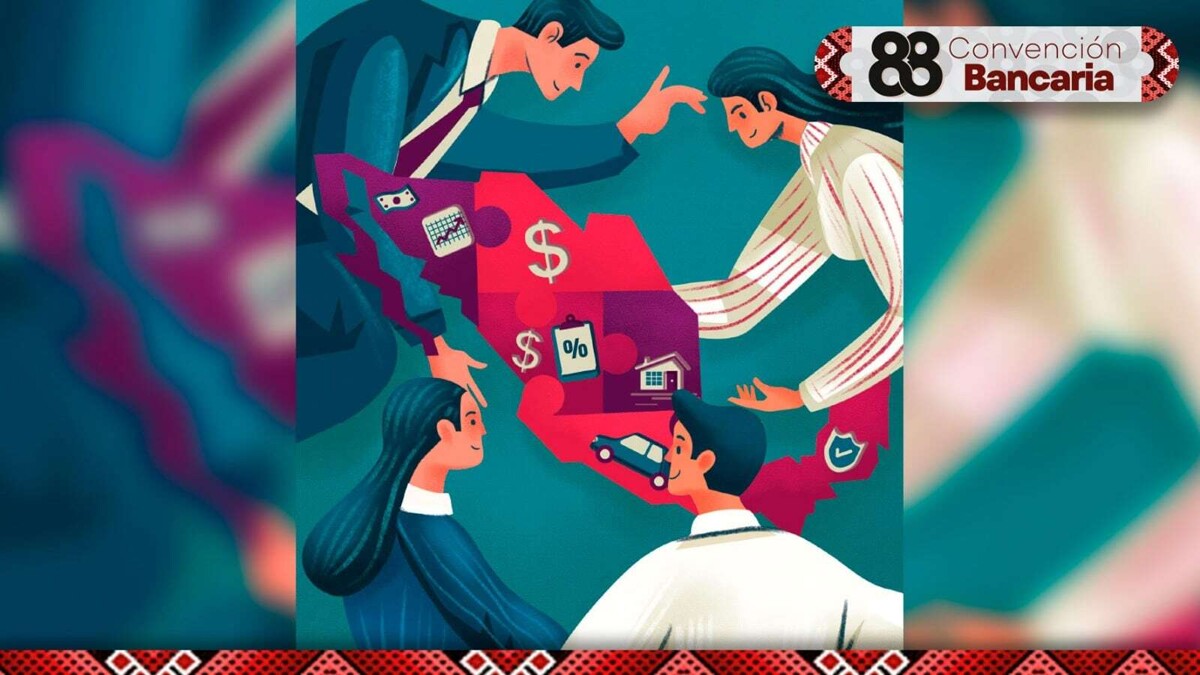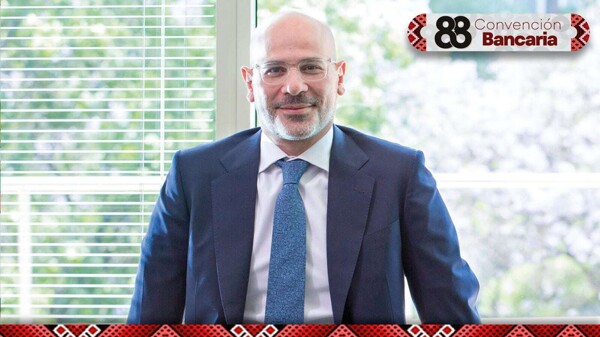
According to figures from Banxico, the total credit portfolio in Mexico increased by 54.2% in real terms between 2014 and 2024, rising from two trillion 921 billion 200 million pesos to seven trillion 87 billion 400 million pesos. During this period, credit to households grew by 51.9%, while credit to businesses grew by 56.3%.
Experts point out that the arrival of new technologies and the expansion of digital banks will drive private financing and increase financial inclusion in Mexico. Raúl Martínez-Ostos, president of Barclays Mexico, highlights that the entry of new players in the financial sector can help strengthen financial education and transform the banking system into a more digital one, accessible to remote areas.
The National Financial Inclusion Survey (ENIF) 2024 showed that nearly half of the Mexican population used a bank branch, and six out of ten turned to an ATM. Until last year, 77% of Mexicans had a financial product, an improvement from 68% in 2021. Comparatively, in countries like the United States, United Kingdom, Germany, and France, the banking penetration rates are higher.
Despite challenges, the banking sector in Mexico has demonstrated its commitment to the country. Banxico's indicators reveal that commercial bank financing to the private sector represented 20.9% of GDP at the end of 2024. The Mexican banking sector is prepared to face current economic challenges and maintain the flow of credit for the country's economic development. Over the past 10 years, bank financing to the private sector has grown significantly, even amid uncertainties and periods of volatility.
The growth of credit in Mexico is linked to conditions such as competition, effective regulation, financial education, and macroeconomic stability. Banks are liquid and well-capitalized, ready to lend securely and seeking payment guarantees. Various actors in the financial sector agree that Mexico has great growth potential in terms of banking and access to credit for small and medium-sized enterprises.













